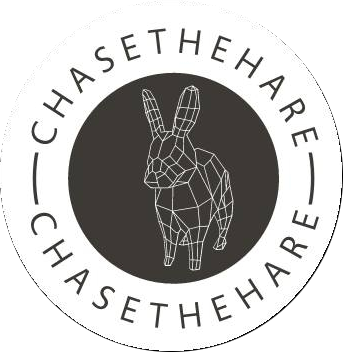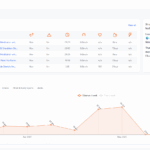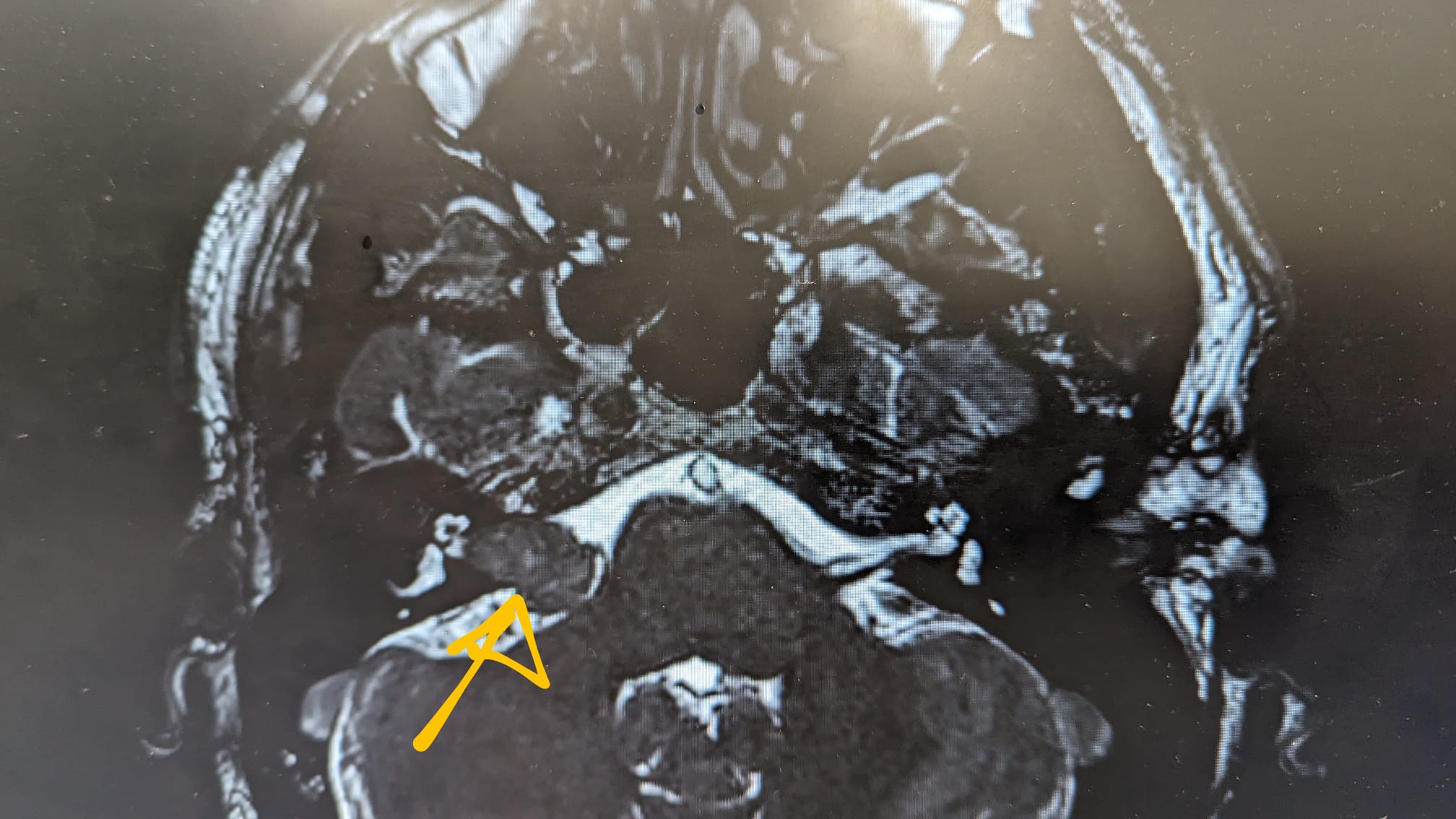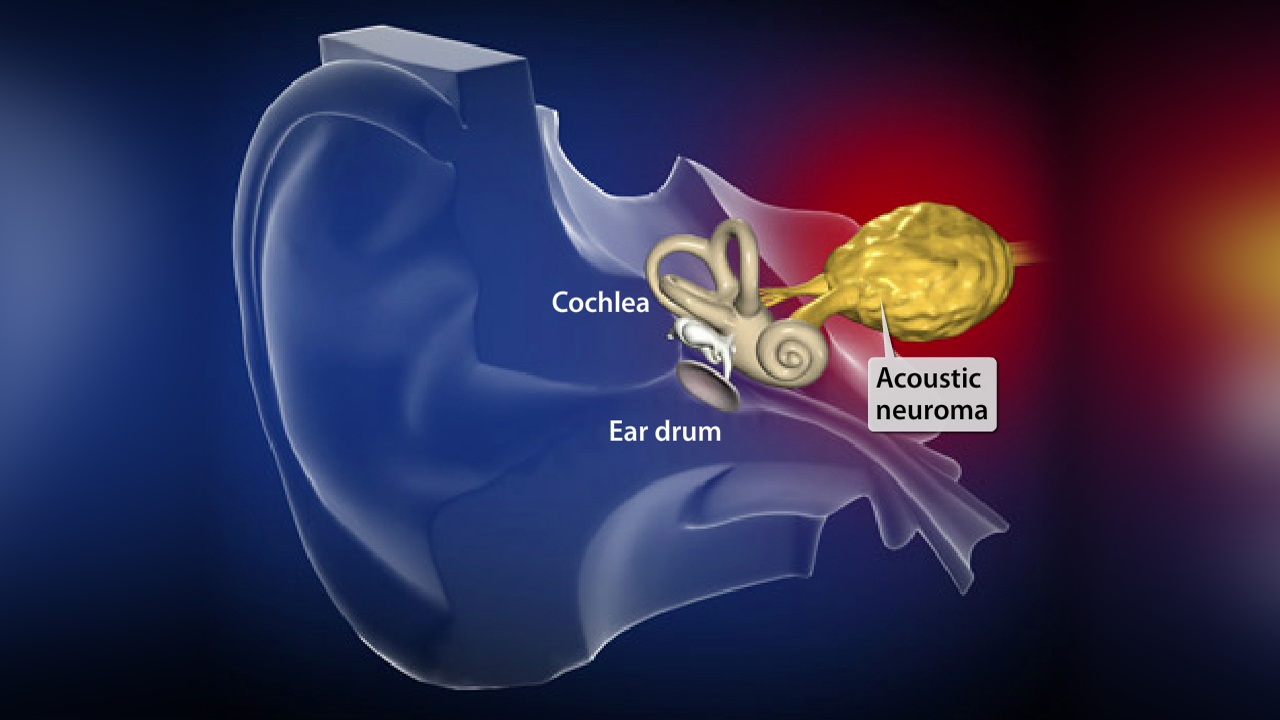Ten minutes. That’s all it took today to shift the emotional weight I’ve been quietly carrying since my MRI on 10th May.
Table Of Content
The waiting, though? That takes far longer.
It’s a strange kind of limbo — the space between the scan itself and the moment the results finally land.
That scan marked a full year since my six-month follow-up. Eighteen months since the original MRI that revealed the tumour.
And yet, until someone says the words out loud, you don’t really know what story your body is telling this time.
“Has it grown?”
“Has anything changed?”
This morning, I picked up the phone and called the specialist nurse team to see if the report had come through.
The reply came quickly,
“No growth since last year’s scan. It remains stable — still 19 x 12 x 12 millimetres.”
I let the words hang for a moment, settling into the quiet. Relief doesn’t always arrive loudly — sometimes it just breathes.
Tumour Profile
Acoustic Neuroma – Stable
Size: 19mm (lateral) × 12mm (AP) × 12mm (craniocaudal)
Location: Right cerebellopontine angle
Nerve involved: 8th cranial nerve (vestibulocochlear)
Symptoms: Single-sided hearing loss, tinnitus, sound distortion
Management: Watchful waiting, annual MRI (pending move to bi-yearly schedule)
When Millimetres Matter
Let’s take a second to think about that size.
19 millimetres wide.
12 millimetres front to back.
12 millimetres top to bottom.
It doesn’t sound like much on paper. Smaller than a grape. You could hold it between your fingers. But nestled deep within the brain, on the vestibulocochlear nerve, 19mm is more than enough to alter how I hear the world — and how I move through it.
My tumour sits quietly in the cerebellopontine angle, a junction of nerves that control balance, hearing, and facial movement. It doesn’t look aggressive. It isn’t malignant. And yet it’s already shaped the rhythm of my life.
It’s the reason I no longer hear properly on my right side. The reason I struggle in noisy rooms. The reason I’ve learned to sit in specific places during meetings and family meals. The reason I often smile and nod even when I haven’t caught a word someone said.
And it’s the reason each year comes with a date circled on the calendar. A date when I lie perfectly still in a tunnel of sound, trying not to move, while a machine hums and pulses its way through 45 minutes of data collection.
Between Then and Now
The worst part, oddly, isn’t the scan itself. It’s what comes after.
The waiting.
You carry on with life — with work, workouts, paddleboarding, family — while in the back of your mind there’s a quiet, unspoken suspense. It’s the waiting that hums just under the surface while you make tea, check emails, or fold washing.
Because until someone tells you that your tumour hasn’t grown, you don’t really know. You can hope. You can guess. But you don’t know.
And that’s the thing about “watchful waiting” — it asks you to keep living fully, while always half-watching out the corner of your eye. It’s emotional multitasking. It’s resilience through repetition.
The Gift of “Stable”
So when I hear those three words — “It’s still stable” — I feel something quiet inside me relax. Not a fist-pump moment. Not confetti and music. But a soft internal exhale. Like something tense inside me has finally unclenched.
This is now my second follow-up scan since diagnosis in December 2023 — a six-month check in mid-2024, and this latest yearly scan in May 2025. Both showed no change. That’s 18 months of quiet stability so far — a trend I’m deeply grateful for.
Two years of no change. Two years of managing symptoms, adapting, accepting — without having to make bigger decisions about surgery or radiotherapy.
And with that consistency comes the possibility of change — good change. I’m now waiting on a follow-up letter to confirm whether I’ll be moving to bi-yearly scans. It’s a small administrative shift, but one that carries a lot of emotional weight.
It means no more annual countdowns.
It means longer stretches of mental stillness.
It means I get to go two whole years before wondering again:
“Has it grown?”
This Life, With a Tumour
Some people ask if I ever forget about it. The answer is no — but I’ve learned to coexist with it.
I don’t wear my hearing aid when paddleboarding (water + tech = bad mix), so I’ve grown used to the subtle silence on one side. I’ve learned how to read lips when I need to. I joke about “needing subtitles for real life,” but beneath the humour is a real sense of adaptation.
I still umpire hockey. Still paddle with SUP Stratford. Still train with the Peloton Dads and nerd out on FTP data. I still get frustrated in crowded spaces, and tired after long conversations, and occasionally tilt to the right more than I’d like. But I’m still living.
And perhaps most importantly:
I’ve made peace with the fact that living with a tumour doesn’t mean waiting to be fixed. It just means adjusting the balance and carrying on
Final Thoughts
If you’re reading this while waiting on your own results — whether it’s an MRI, bloodwork, or something else entirely — I want you to know I get it.
I know the weight of the unknown.
I know the rehearsed calm you put on for the people around you.
And I know the strange, quiet power of a report that says:
“No change.”
It doesn’t mean nothing’s happening. It means you’re holding steady. And sometimes, that’s the best kind of progress.
So for now, the numbers remain:
19 x 12 x 12mm.
Measured. Not moving.
And life continues.
Please share this article if you like it!
I’m a fitness enthusiast and Peloton addict who loves challenging limits through races, paddleboarding, and life’s adventures. Here, I share milestones, reflections on Acoustic Neuroma, and stories of resilience and growth.





